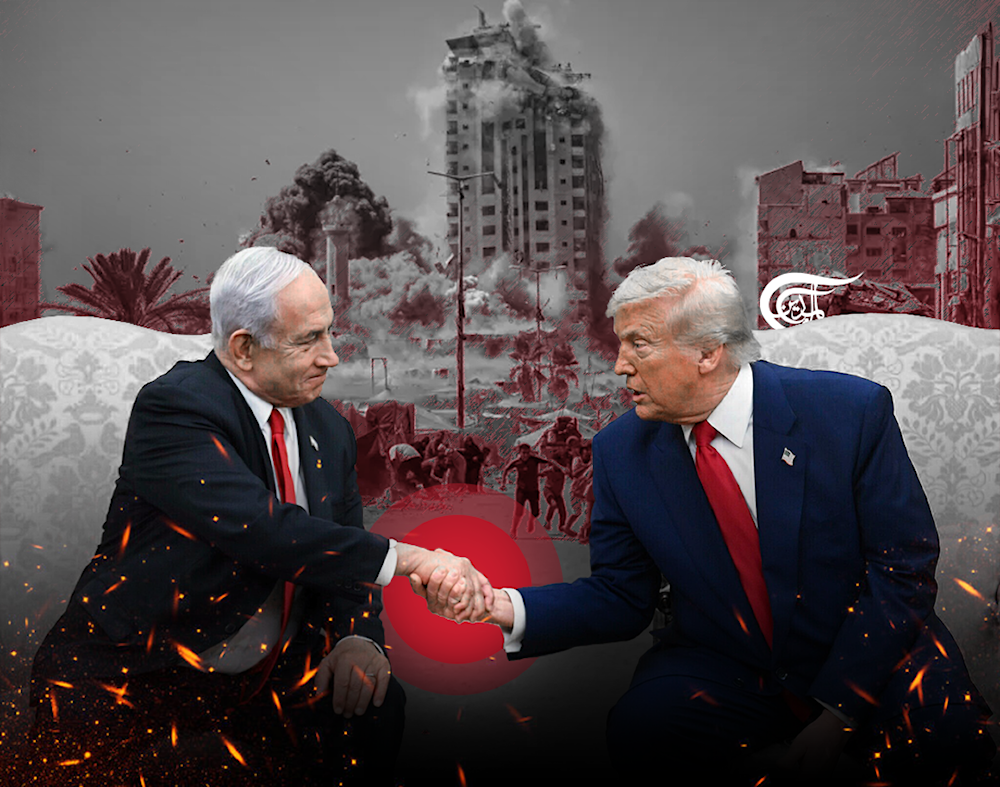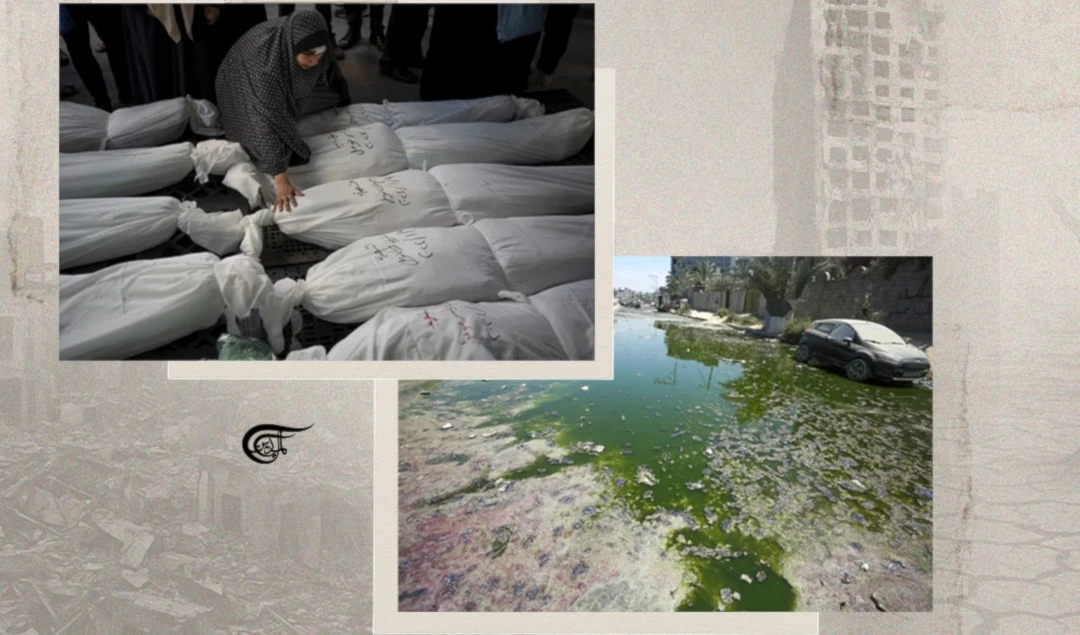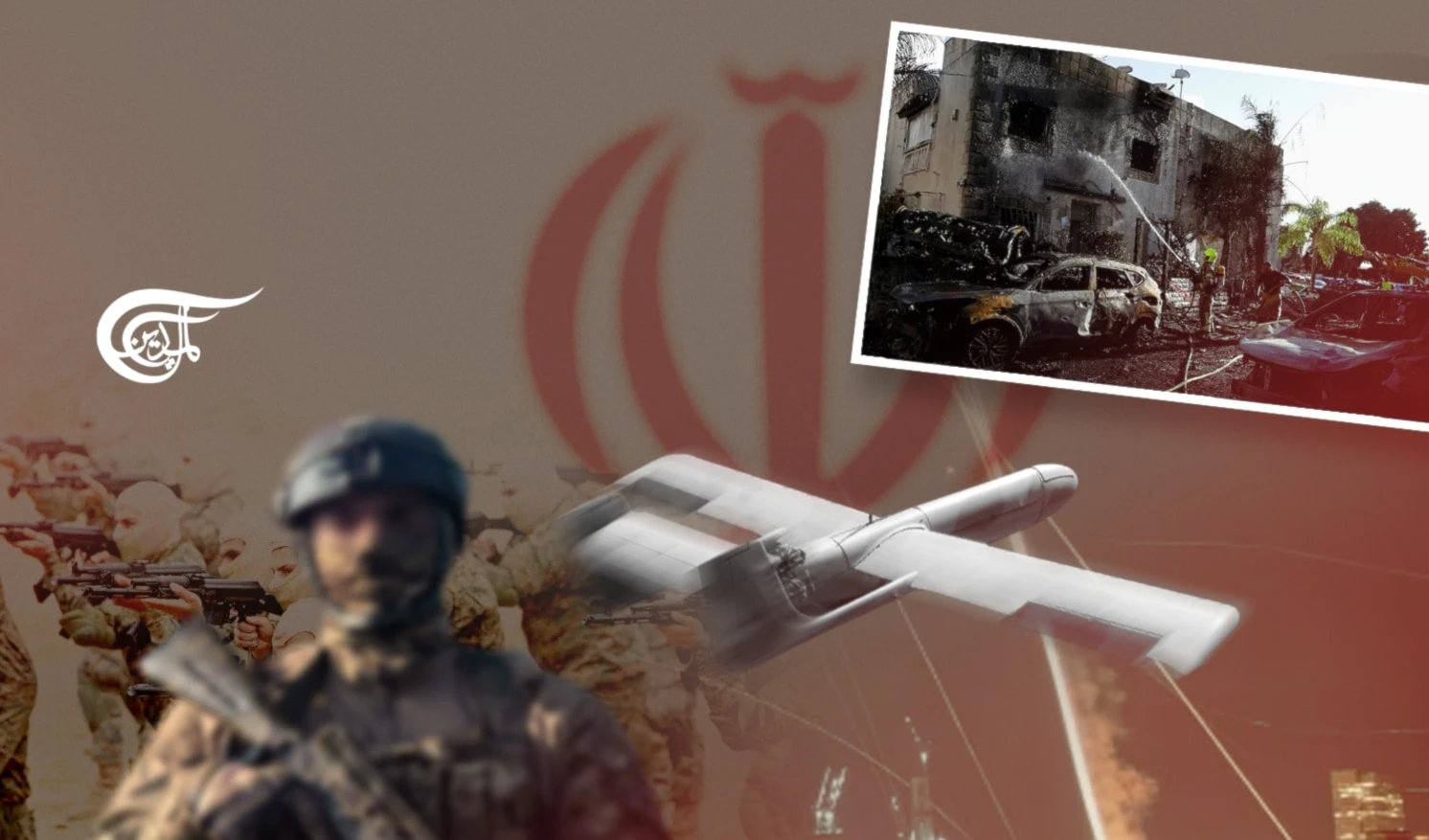Trump’s Gaza Proposal Isn’t a Peace Plan, It Repackages the War
Trump & Netanyahu’s Gaza plan sidelines Palestinians, outsources control, and recasts resistance as a regional policing problem.
-

A “twenty-point” scheme promises a ceasefire if all sides assents; “Israel” has signalled approval, Hamas has not (Illustrated by Ali Al-Hadi Chmeis to Al Mayadeen English)
Donald Trump’s Monday-night announcement with Benjamin Netanyahu was sold as a plan to end the war on Gaza. It reads, instead, as a programme to liquidate the Palestinian cause and to recast the conflict on terms set in Washington and Tel Aviv. The core political move is telling even after years in which the Palestinian Authority (PA) has policed and constrained Palestinian life to the occupation’s benefit, Trump pointedly excludes it from shaping Gaza’s future governance. The PA is good enough to enforce, and to absorb blame, but not to decide.
The document’s mechanics are already familiar. A “twenty-point” scheme promises a ceasefire if all sides assents; “Israel” has signalled approval, Hamas has not. Within 72 hours of a truce, all Israeli captives would be handed over. Hamas must disarm and exit public life; in parallel “Israel” would halt operations and stage a withdrawal; roughly 2,000 Palestinian detainees would be freed. Oversight would not be Palestinian but international: a US-led board featuring high-profile figures such as Tony Blair, a transitional administration for Gaza, and a “stabilisation force.” Refusal, Trump warned, would bring full American backing for “Israel” to “finish the job.”
Strip away the marketing, and the political design comes into view. The plan shifts the confrontation away from the Israeli military and towards Palestinians and their Arab neighbours. By internationalising security control, through a “peace council,” a rapid-install transitional authority, and a regional enforcement role that ensures Gaza “never again poses a threat”, it places Arab capitals in direct collision with Palestinian factions while relieving an exhausted Israeli army.
That exhaustion, and the failure to translate two years of devastation into strategic gain, is the plan’s unspoken premise. Internationally, too, “Israel’s” isolation is deepening, not easing: a visible turn at the UN General Assembly and a fresh wave of recognitions of the State of Palestine underline how far the diplomatic weather has shifted. The plan seeks to sidestep both realities by outsourcing “order” to outsiders and recoding resistance as a regional policing problem.
This is not merely tactical engineering; it is ideological. In both tone and vocabulary, Trump and Netanyahu gesture to a “New Middle East” logic that first eliminates organised Palestinian resistance, then ushers the region into a rebranded “Abrahamic” dispensation. At the podium they leaned on the Hebrew “Abraham,” freighted with Talmudic symbolism, and paired their dictates with threats of open-ended war if Palestinians refuse. That this vision is floated while the “Israeli” army has yet to impose a decision on besieged Gaza only underlines the gap between rhetoric and battlefield fact.
The plan’s strategic risks run wider than Gaza. Re-badging external guardianship, whether as a “board,” an “authority” or a “force”, while stripping Palestinians of the means of deterrence would reverberate across the Levant, unsettling the balance that currently restrains escalation. The move also touches front-line states directly. Trump’s reaffirmations around the occupied Golan Heights, for example, fit a longer US pattern of treating the territorial integrity of neighbours through “Israel’s” expansionist lens, an approach first codified in 2019 and echoed again this week.
As for the PA, the message could not be clearer. Even at its most compliant, it is assigned a subordinate, later-to-be-consulted role, if at all. Multiple reports in recent days describe transitional governance models fronted by international figures, with Palestinian technocrats in the supporting cast and the PA explicitly kept at arm’s length in the early phase. The local party most affected by Gaza’s fate is thus demoted to spectator status while outsiders script the ending.
None of this changes the immediate facts on the ground. The US-Israeli alliance has already poured military and non-military weight into Gaza for two years. What the new paper does is attempt to convert stalemate into leverage: to recast a war without victory as a diplomatic fait accompli, and to compel Palestinians and Arab states to underwrite it.
The real test is what Arab and Muslim governments do next. Accepting this framework would mean enforcing an externally written security order and neutralising Palestinian factions, including Fatah and the PA, on the promise of “stability” later. Refusing it would mean recognising the plan for what it is: an effort to erase the political core of the Palestinian question under the banner of peace. The coming days will show which course the region’s official system chooses.

 Amro Allan
Amro Allan
 5 Min Read
5 Min Read










